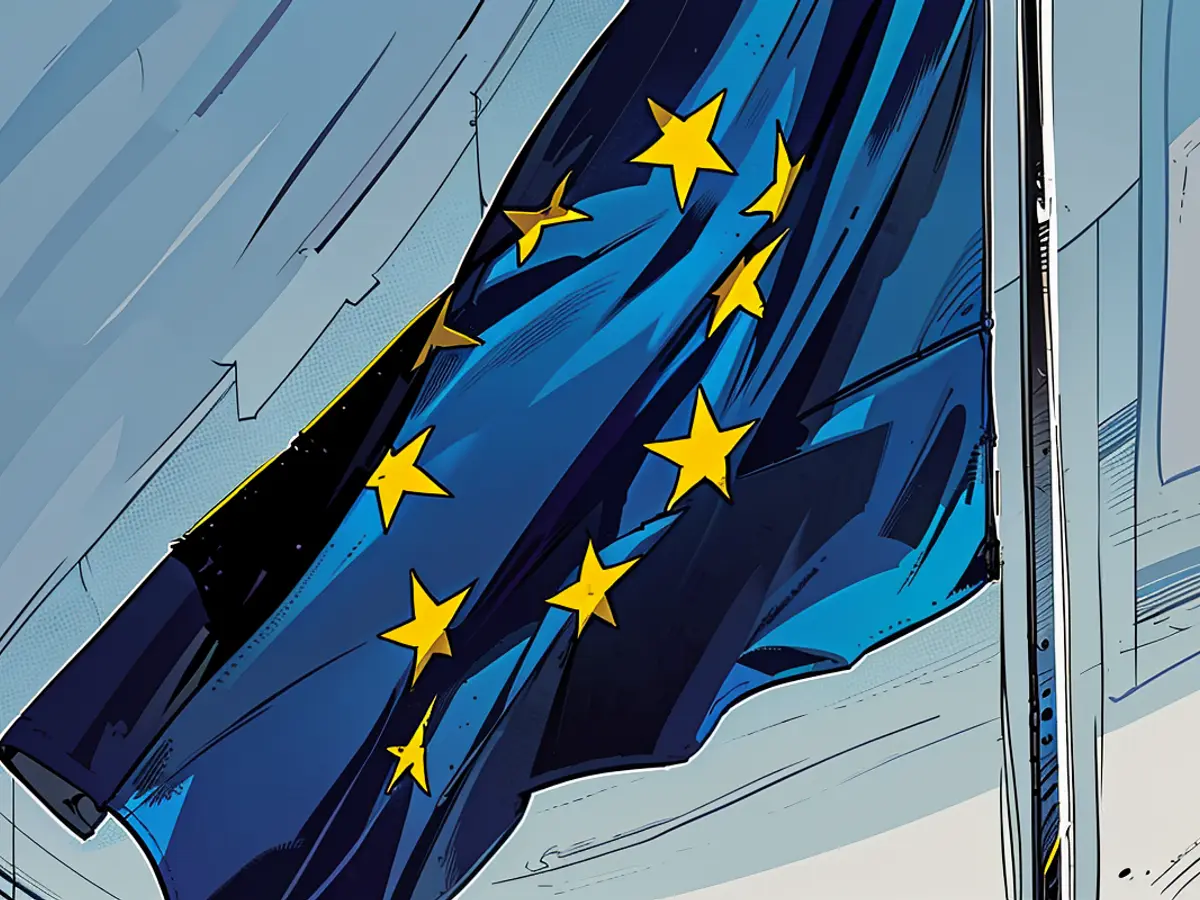The Coronavirus relief fund has disbursed approximately 40% of its allotted resources to the respective member nations.
Starting from the EU's massive fund generated during the Corona crisis, labeled ARF, roughly 40% of the funds have been distributed to various member states by now. After launching the 650 billion euro project named Recovery and Resilience Facility (RRF) in 2021, a total of approximately 267 billion euros have been distributed, as detailed in the EU Commission's yearly report in Brussels. The EU's Audit Court recently voiced concerns that the delayed release of funds from the pool could potentially sabotage its objectives.
As of now, Germany has garnered 6.25 billion euros and is anticipated to secure an additional 24 billion euros. The funds will primarily be utilized for digitalizing administrative processes and fostering a greener transportation system, such as boosting electric vehicles.
The RRF was launched in 2021, serving two purposes: firstly, to mitigate the economic harm brought on by the Corona pandemic; secondly, to upgrade the economy. The project is expected to conclude in 2026, marking the first instance of significant shared debt in the EU to finance it.
The initial distribution of funds from the RRF, which aims to upgrade the EU economy, constitutes 267 billion euros, representing approximately 41% of the ARF funds deployed so far. Considering the RRF's objectives, the delayed release of funds could potentially impact its target percentage of achievement by its conclusion in 2026.








